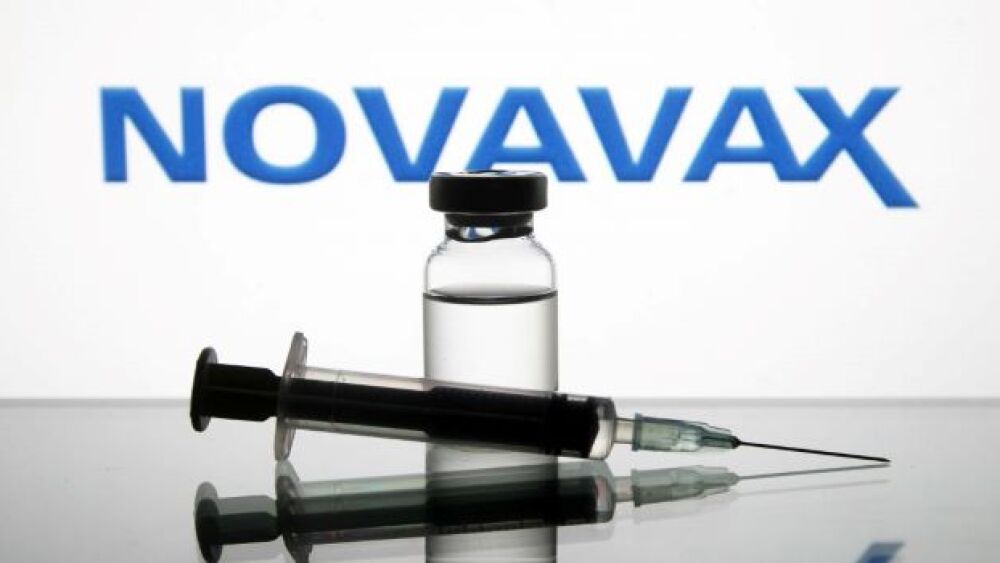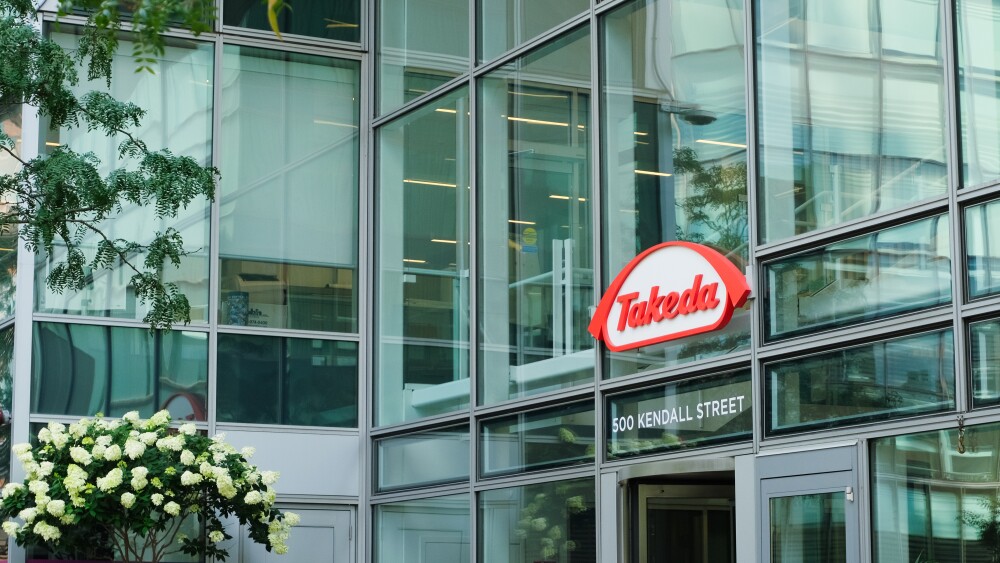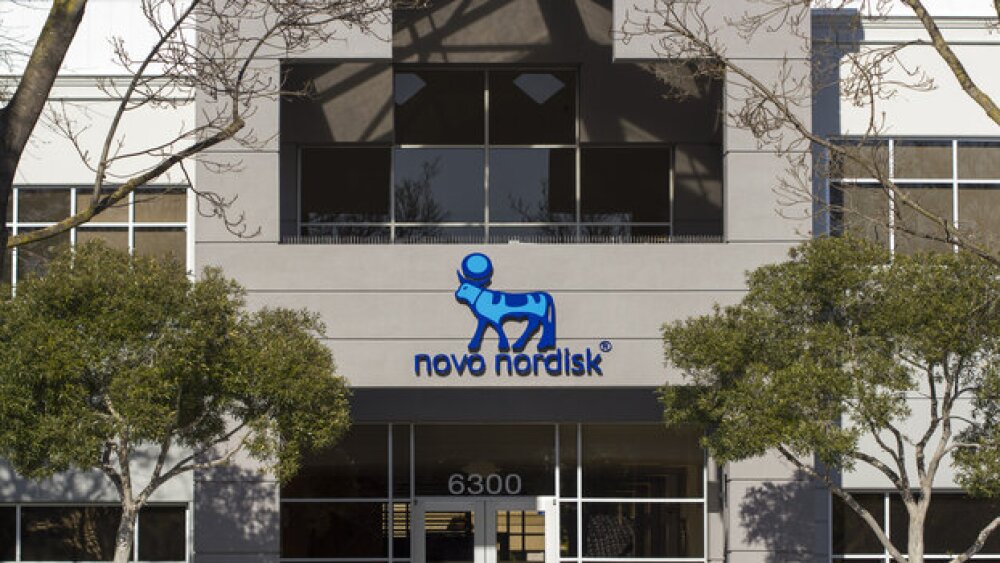Novavax is plugging along to get their COVID-19 vaccine candidate, NVX-CoV2373, through late-stage clinical trials and authorized in the U.S. and elsewhere.
STR/NurPhoto via Getty Images
Gaithersburg, Maryland-based Novavax is plugging along to get their COVID-19 vaccine candidate, NVX-CoV2373, through late-stage clinical trials and authorized in the U.S. and elsewhere. With three other vaccines authorized in the U.S.—Pfizer-BioNTech, Moderna, and Johnson & Johnson—with others, notably the AstraZeneca-Oxford vaccines, available in other parts of the world, the question is if there will be a real need for yet another vaccine.
In the U.S., probably not that much. Other parts of the world, however, are still struggling to get enough supply of existing vaccines. And all of the vaccine manufacturers are contemplating a post-pandemic market for COVID-19 vaccines, whether via booster shots or modified versions to better handle rising variants.
In addition, both the J&J and AstraZeneca-Oxford vaccines have run into problems with blood clotting. This has forced the J&J vaccine distribution in the U.S. to be halted until at least tomorrow when the U.S. Food and Drug Administration (FDA)’s Advisory Committee on Immunization practices (ACIP) is meeting for a second time to make a recommendation on the vaccine. They met on April 14 for the first time but said they did not have enough data to make a recommendation.
The AstraZeneca-Oxford vaccine distribution has been halted in a number of European countries, although not in the U.K., over blood clots as well. The clotting is extremely rare. For the J&J vaccine, it’s been about six cases in 7 million and for the AstraZeneca-Oxford vaccine, it’s about 222 cases out of about 34 million shots. They are different types of clots. For the J&J, the cases were cerebral venous sinus thrombosis (CVST) in combination with low levels of blood platelets. For the AstraZeneca-Oxford vaccine, the clots were pulmonary embolism, deep vein thrombosis (DVT) or thrombocytopenia. It has not been fully determined if the vaccines are causing the blood clots or exactly what the mechanism of action is.
In that respect, Novavax seems a little bit like an afterthought. It hasn’t submitted for authorization in the U.S. yet and isn’t likely to until the end of May or June. In February, it signed a Memorandum of Understanding (MOU) with Gavi, the Vaccine Alliance, to supply 1.1 billion doses of its vaccine candidate for the COVAX Facility.
The vaccine is being studied in two ongoing pivotal Phase III trials in the U.S. and Mexico, as well as in the U.K. A January 28 interim data analysis was positive, with the vaccine showing efficacy of 95.6% against the original Wuhan wildtype strain and 85.6% against the U.K. variant. It had also reported progress from an ongoing Phase IIb trial in South Africa, showing 60% efficacy. That study included HIV-positive patients, who demonstrated 49% efficacy against the South African variant.
The vaccine uses more traditional technology. It is designed with a stable, prefusion protein manufactured using Novavax’s proprietary nanoparticle technology and its proprietary Matrix-M adjuvant. The real advantages over Pfizer-BioNTech and Moderna is that it is easier to manufacture, doesn’t require ultra-cold storage like Pfizer and Moderna’s mRNA vaccines, and as a result can be delivered easily to remote and under-resourced parts of the world.
With so much uncertainty about the J&J and AstraZeneca-Oxford vaccines, and for the most part Pfizer-BioNTech and Moderna having established contracts that are stretching their manufacturing capacity, countries are looking to other players to supply vaccines, and Novavax is towards the top of that list.
Certainly investors are interested. The company’s shares have climbed by 21.51% in 14 days from $214.18 to $235.69. Analysts have projected company earnings ranging from $150 million to $433.10 million for the quarter, while the company reported sales of only $3.38 million in the same quarter last year. Zacks projected the company will report full-year sales of $4.07 billion for the current fiscal year, with those projections ranging from $2.44 billion to $5.76 billion.
Novavax believes it can file for an EUA in the US in the second quarter. It is being evaluated now by the U.K.’s Medicines and Healthcare products Regulatory Agency. It has a deal with the U.S. to supply 100 million doses of the vaccine, and supply deals with other governments to supply about 200 million doses. If J&J and AstraZeneca continue to struggle, countries will likely be contacting the company for supplies. Fujifilm Diosynth Biotechnologies in Billingham, U.K., began producing the vaccine in February ahead of approval and is on schedule to produce the 60 million doses the U.K. government ordered.
Adam Finn, a member of the Joint Committee on Vaccination and Immunisation (JCVI), based at Bristol University (U.K.), said the vaccine was a “vital tool” in battling the pandemic. “It’s very reassuring to know that this vaccine is capable of preventing disease, and more importantly, and although with small numbers, that it’s absolutely reliable at preventing severe disease. It’s another really important tool in the toolbox.”
Novavax is also already evaluating a booster shot of its vaccine and is making plans to advance candidates that target variants into the clinic in the next couple months. It has also announced plans to test combining its COVID-19 vaccine with its flu vaccine candidate NanoFlu. If COVID-19 vaccinations are required yearly, which is still undetermined, the combination could be a commercial winner.





